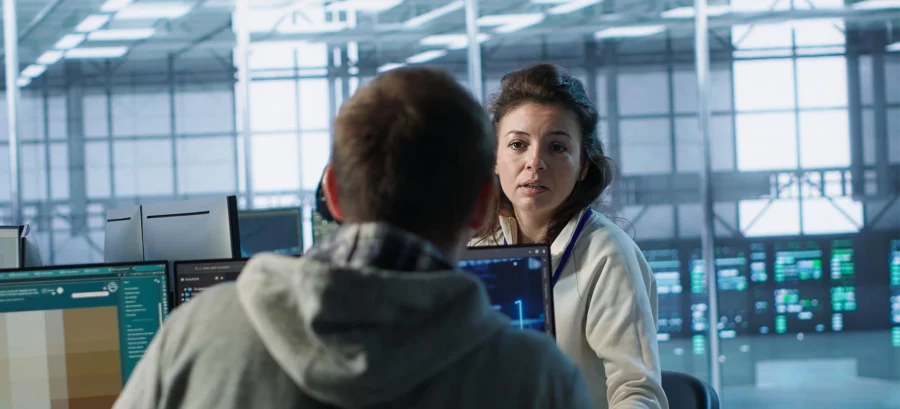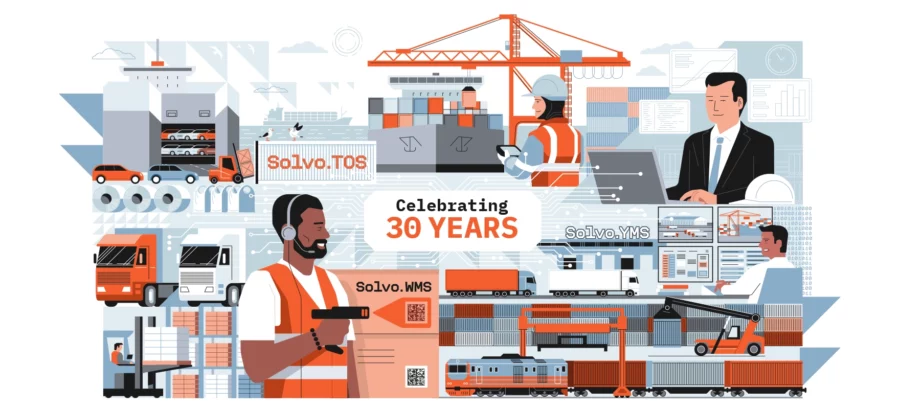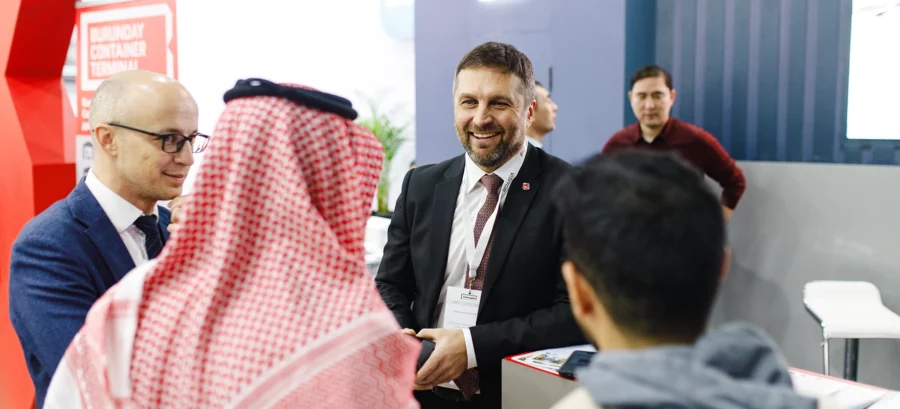Digital transformation is no longer optional — it’s the new baseline!
In today’s port industry, digitalization isn’t just a competitive edge — it’s a requirement for relevance.
Across the globe, ports are modernizing. They’re investing in automation, connecting systems through IoT, analyzing data in real time, and experimenting with AI. The collective term for this evolution is “Port 4.0” — a model for ports that are smart, connected, and future-ready.
But the path to Port 4.0 doesn’t happen overnight. It unfolds in stages — and each stage unlocks new capabilities.
Five stages of port digital maturity
A recent study published in the European Research Studies Journal outlines a widely accepted maturity model for port digital transformation. The journey is divided into five levels:
1. Foundational. Manual operations, siloed systems, low visibility. Data is fragmented or paper-based.
2. Coordinated. Initial integration begins. Terminals consolidate control and start connecting core systems.
3. Integrated. Real-time data exchange has become standard. Cargo operations are digitally coordinated, and system-wide optimization begins.
4. Sustainable. The focus shifts to eco-efficiency, emissions monitoring, and intelligent resource allocation.
5. Collaborative network. Ports become seamlessly integrated into global digital supply chains, sharing data across customs, carriers, and hinterland hubs in real time.
Each stage is a stepping stone — and the third level (“Integrated”) is the gateway to real digital transformation.
Why Stage 3 is the tipping point — and where TOS takes over
Reaching the Integrated stage means a port is ready for:
- Real-time cargo coordination across vessel, yard, rail, and gate
- EDI with customers, authorities, and shipping lines
- Data capture for billing, analytics, and decision support
- Automation triggers that connect planning to execution
This is the point where the Terminal Operating System becomes mission-critical. A modern TOS doesn’t just support operations — it becomes the core integration layer for all data, systems, and stakeholders.
Solvo.TOS: built for digital transformation
Solvo.TOS is designed for ports operating at — or advancing toward — Stage 3 and beyond. It helps terminals move from fragmented data to unified orchestration, enabling rapid adoption of advanced technologies.
Key capabilities:
- Integration-ready architecture: connects with any ERP, PLC, IoT, or analytics system
- Real-time telemetry: supports remote crane monitoring and predictive maintenance
- Modular upgrades: add-ons like VR-based interfaces, AI-supported forecasting, and dynamic pricing models
- Sustainable workflows: tools for monitoring energy usage, reducing idle time, and meeting green compliance targets
With Solvo.TOS, implementing next-gen tech becomes a strategic upgrade — not a system overhaul.
Transformation is a journey. Knowing where you are is the first step.
Every port is on a different part of the map — and that’s normal. The key is knowing your current maturity level, and selecting technologies that support your path forward, without adding complexity.
Solvo.TOS is the system that adapts as you evolve. Whether you’re just entering the Integrated stage or preparing for autonomous yard equipment and digital twins, we help you get there — faster, safer, and smarter.






